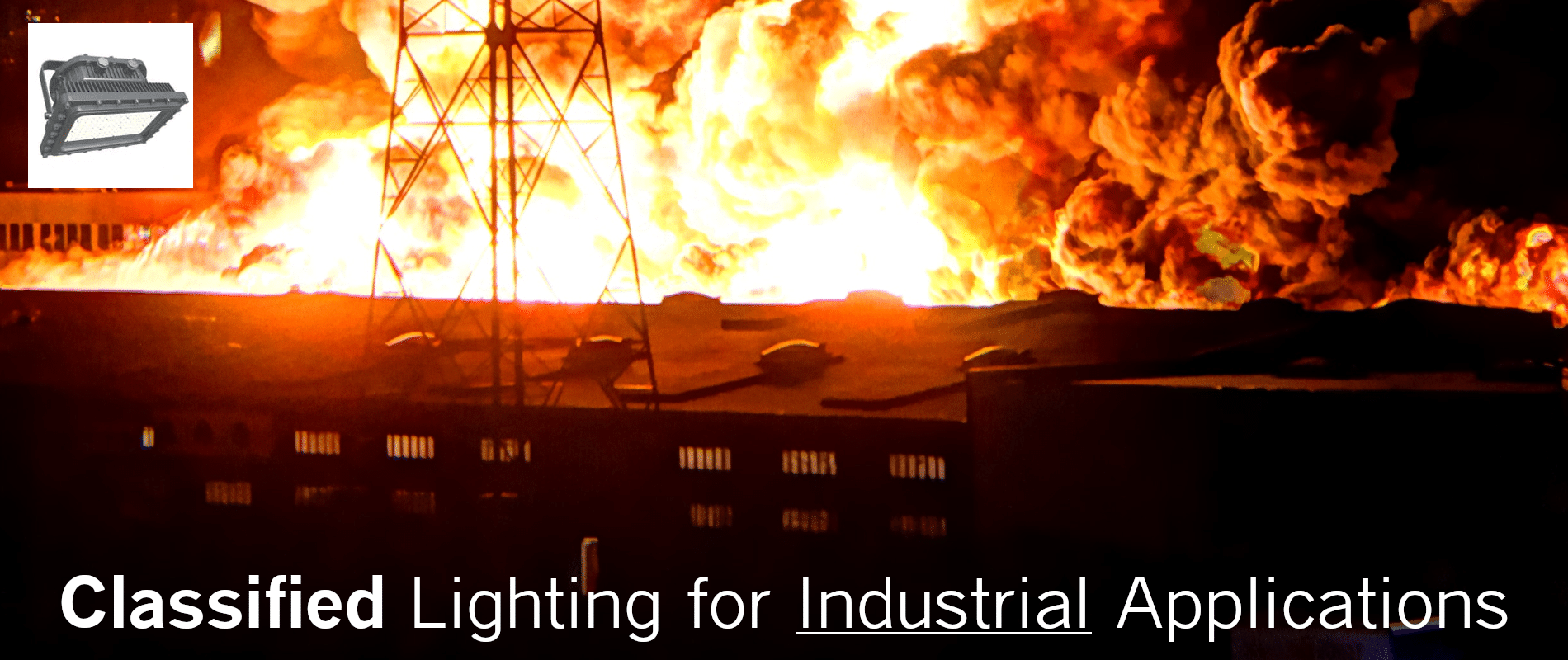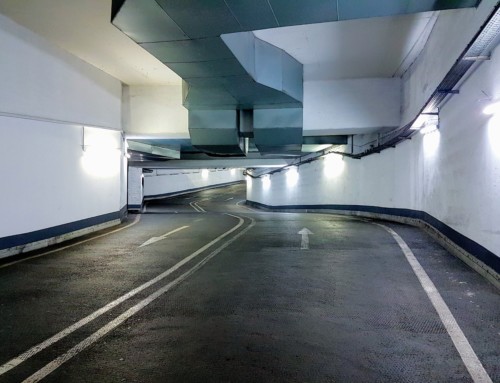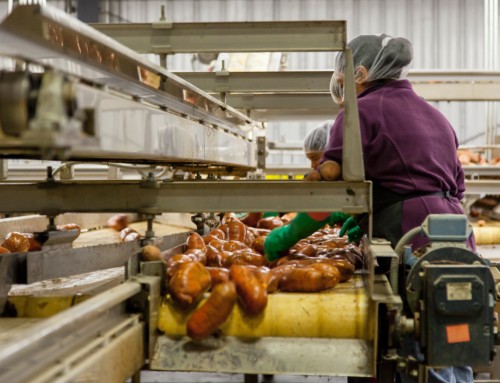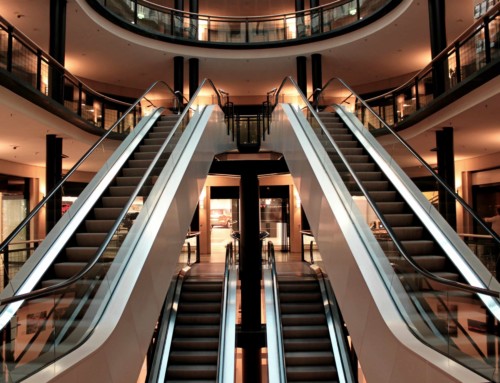Classified lighting is a type of lighting that is specifically designed for use in hazardous locations where there is a risk of explosion or fire due to the presence of flammable gases, vapors, or combustible dust. Industrial applications such as chemical plants, oil refineries, and manufacturing facilities often require classified lighting to ensure the safety of workers and equipment.
There are several different types of classified lighting available for industrial applications, including:
- Explosion-proof lighting: This type of lighting is designed to prevent explosions by containing any sparks or heat that could ignite flammable gases or vapors. Explosion-proof lighting is commonly used in areas where flammable gases or vapors may be present, such as oil refineries, chemical plants, and grain elevators.
- Intrinsically safe lighting: Intrinsically safe lighting is designed to prevent sparks from occurring in hazardous environments by limiting the amount of electrical energy that can be generated by the light fixture. This type of lighting is commonly used in areas where there is a risk of explosion due to the presence of flammable gases or vapors.
- NEMA 4X lighting: NEMA 4X lighting is designed to withstand harsh environments, such as those found in chemical plants and food processing facilities. These lights are typically made from corrosion-resistant materials and are designed to withstand exposure to water, dust, and corrosive materials.
- LED lighting: LED lighting is becoming increasingly popular for industrial applications due to its energy efficiency, long lifespan, and durability. LED lights are also available in explosion-proof and intrinsically safe designs.
When selecting classified lighting for industrial applications, it is important to consider the specific hazards present in the environment, as well as any relevant regulations or standards that apply to the facility. Working with a qualified lighting expert can help ensure that the right type of lighting is selected for the application.














